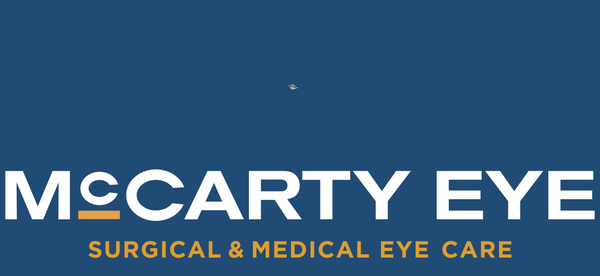Light Adjustable Lens from RxSight®
With all of the above lenses, measurements are taken prior to surgery and lens calculations are performed using those measurements to predict what power of lens will function the best in the patient’s eye. Once the lens is implanted, no further changes can be made to the lens and any residual vision blur will need to be corrected with glasses or contact lenses.
The Light Adjustable Lens (LAL) offers customization to the patient and results that are unmatched by any other lens.
With the LAL, typical preoperative measurements and calculations are performed and routine cataract surgery is completed with the implantation of the LAL. After the eye has healed for 3-4 weeks, UV light treatments are performed to fine tune the focus of each eye. 1-3 treatments are performed on each eye after surgery to adjust the focus of the lens followed by 2 lock-in treatments that prevent any further change in the lens.
This gives the patient a chance to try out their vision while adjustments can still be made. Those patients who select the LAL are twice as likely to achieve 20/20 vision at 6 months without glasses as those who receive a standard monofocal lens.
Since we can alter the power of the lens AFTER surgery, many patients have great success using this monofocal lens to obtain a functional level of near vision in one eye without compromising the distance vision, thus freeing them from glasses use in most situations. By having the opportunity to try out your vision and adjust the focus, the LAL provides a level of customization that no other lens can provide.
- This is the latest, most advanced intra-ocular lens (IOL).
- Can be adjusted AFTER surgery to customize postoperative vision.
- Can correct distance, computer distance, and near vision.
- Can correct astigmatism.
- Patients are 2x as likely to achieve 20/20 distance vision at six months compared to those using the conventional IOL.
- Highly customizable and it gives the patient the ability to “try out” their vision and make changes up to 3x before locking n the final vision.
- Can improve near vision without compromising distance or night vision.
- Does require 3-5 additional postoperative, nonsurgical treatment visits to adjust the lens using a UV light.








